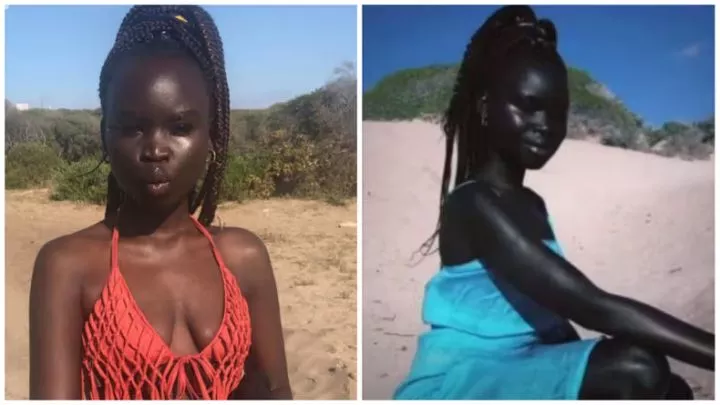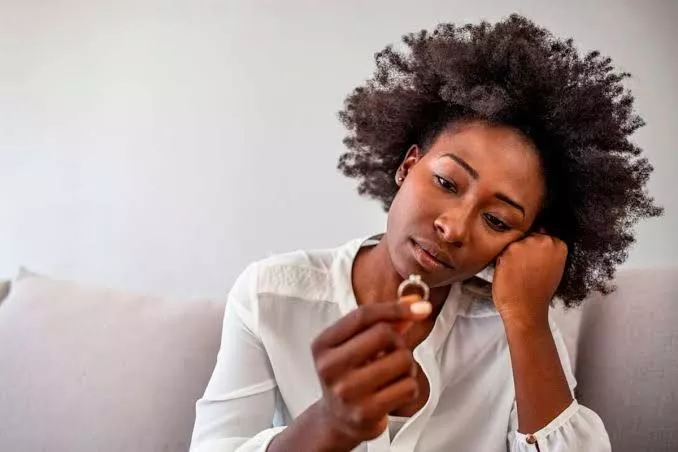![Why do people living near the Equator have darker skin [BoredPanda] Why do people living near the Equator have darker skin [BoredPanda]](https://static.netnaija.com/i/APK4ORvJN0B.webp)
Skin colour evolved to help people survive in different climates.
The equator is the part of the Earth that gets the most sunlight throughout the year, so the sun plays a huge part in why people who live near the equator have darker skin.
This area gets more direct sunlight because it's closest to the sun. With so much sun exposure, the human body has to find ways to protect itself from the harmful effects of the sun.
One of the main dangers of too much sun is ultraviolet (UV) radiation. UV rays can cause skin damage and even lead to skin cancer. However, the body has a natural way to protect itself: melanin.
What is melanin?
Melanin is a special pigment found in our skin, and it gives skin its colour. The more melanin you have, the darker your skin will be. Melanin isn't just for looks-it helps protect your skin from the sun's UV rays.
This is why people who live near the equator, where the sun is very strong, have evolved to have more melanin in their skin. Over time, having darker skin became an advantage for people living in these regions because it helped protect them from sunburn and skin cancer.

In areas farther away from the equator, the sun isn't as strong. This means that people who live in places with less sun exposure, like in northern Europe or parts of Asia, don't need as much melanin in their skin. Over time, these populations developed lighter skin.
Why skin color varies
Skin colour has adapted to the amount of sunlight people are exposed to. Near the equator, where sunlight is intense, people develop darker skin to protect themselves from UV rays. In contrast, in places where sunlight is weaker, people have lighter skin, which helps them absorb more sunlight to produce vitamin D, an essential nutrient for strong bones and overall health.
















Comments